Lighting is one of the most important aspects of architectural photography, and yet it is often one of the most difficult to control. This is especially true when shooting store interiors, which can be rife with challenges like bright overhead lights, dark corners, and reflective surfaces.
In this article, we’ll offer some tips on how to light store interiors for photography, and how to overcome some of the common challenges you’ll face.
When shooting store interiors, the first thing you’ll need to do is assess the light sources in the space. Are there any windows? If so, where are they located and what time of day will provide the best light? Are there any overhead lights? If so, are they fluorescent or incandescent?
Once you’ve identified the light sources in the space, you’ll need to decide how to use them to your advantage. If there are windows, you may want to shoot during the evening when the natural light is not as bright. However, if there are no windows it will make your job easier.
If you’re using artificial light, the first thing you’ll need to do is determine what type of lighting fixtures to use. For store interiors, we recommend using either strobe lights or continuous lights. Strobe lights will provide more powerful light, but they can be more difficult to fine-tune.
Continuous lights, on the other hand, are easier to control but may not provide as much power. You can also see what they are doing to your scene. With strobes, because they are a flash you can’t without checking the camera.
Once you’ve selected your light source, you’ll need to decide how to position it. If you’re using strobe lights, you’ll need to place them around the perimeter of the space and aim them towards the center. If you’re using continuous lights, you can place them in a variety of positions, but we recommend starting with one light placed in each corner of the space.
Once your lights are in place, you’ll need to adjust their power and angle to get the desired effect. If you’re using strobe lights, you’ll need to experiment with the power settings to find what works best. For continuous lights, you’ll need to adjust the angle of the light to control the amount of light that hits the subject.
By following these tips, you should be able to get well-lit store interior photos regardless of the challenges you face.
Thoughts on Lighting Store Interiors
The store interior above was photographed for Saje Wellness in one of their store locations. These are often done before the store/mall opens, early in the morning. This is a composite of images with lighting equipment and long exposure to match. The store interior lighting is compact LED bulbs which, well are amazing for the environment, but often look terrible in photographs.
I like to think, that in some sense anyway, I have built my reputation as a photographer by photographing some of the most difficult subjects I can think of. I enjoy it quite frankly, the process of doing something you weren’t even sure could be done in the first place, never mind doing that in an hour, or having to catch a plane by a specific time and that clock is ticking away (run-on intended).
I think I am somewhat of a generalist in my photography business and career, to the extent that I like to specialize in some of the most challenging styles in photography. For example, I love doing studio work outdoors. I like to do product photography on a tabletop, not someone’s actual kitchen tabletop. If I could shoot everything in outer space, I would. Scratch that, I will – at some undetermined point of time of course.
Knowing all of this when I first shot a retail architectural interior I went with the tried and true method of natural light. Well, this did produce some better than ok results, I am not out here for better than ok, for serious. So after the relatively decent results, I was able to produce, I swore off natural light forever and shot only with artificial. Then I got a different form of the better than ok results I had received earlier.
It was then when I combined both natural and artificial lighting sources for store interiors, that I really got what I was looking for. That and combining multiple frames in post, having the right equipment, and getting a bunch of experience paid off. As an architectural photographer, I learned that 90% of it is just doing the work again, and again, and again.
Here are some examples of store interiors amongst others:
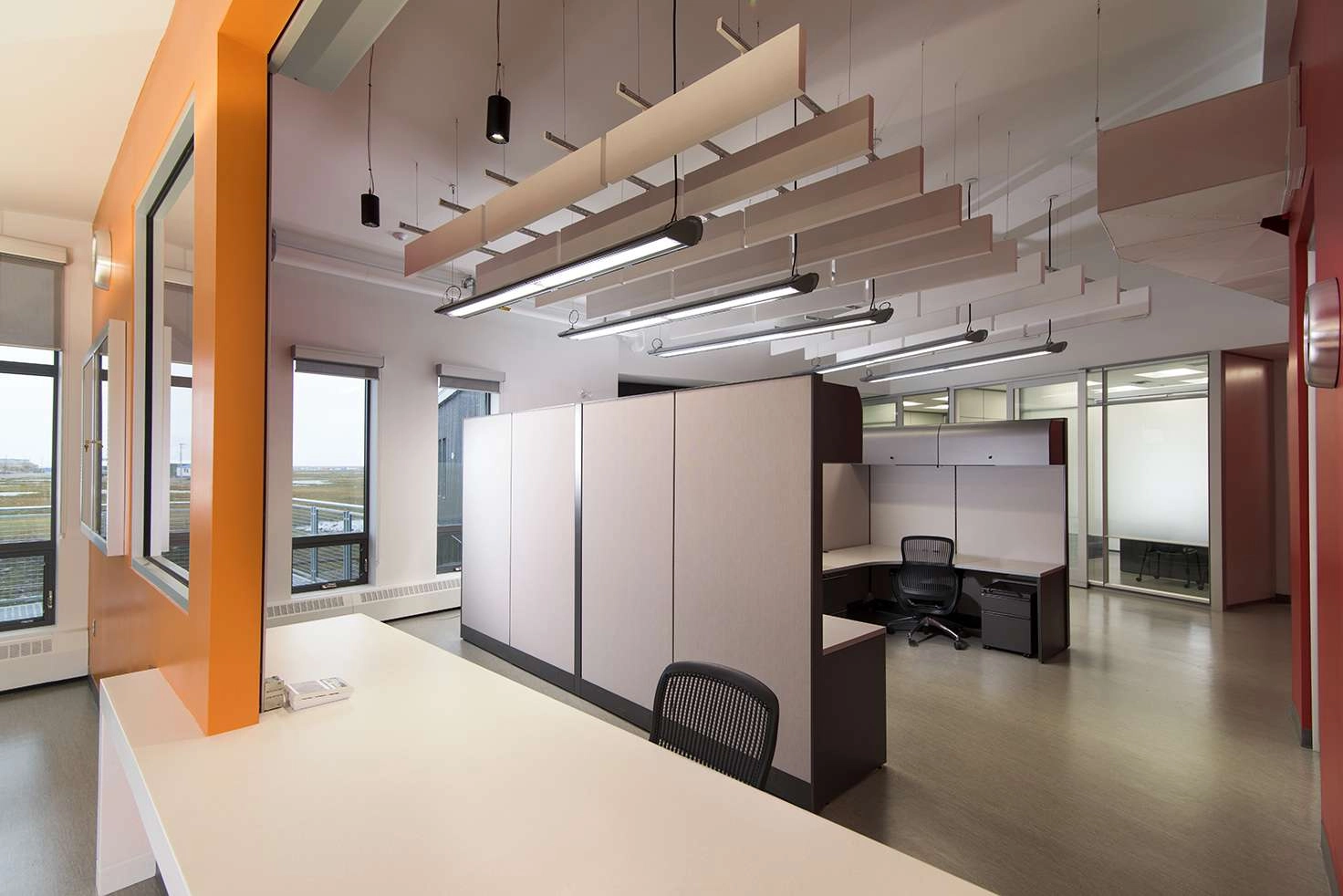

An office building in Arviat, Nunavut. This took countless shots as the “lowered ceiling” many a crazy shadow to formed. Can you guess how many areas were light with artificial lighting?
Try to keep things looking natural, but a little enhanced at same time.
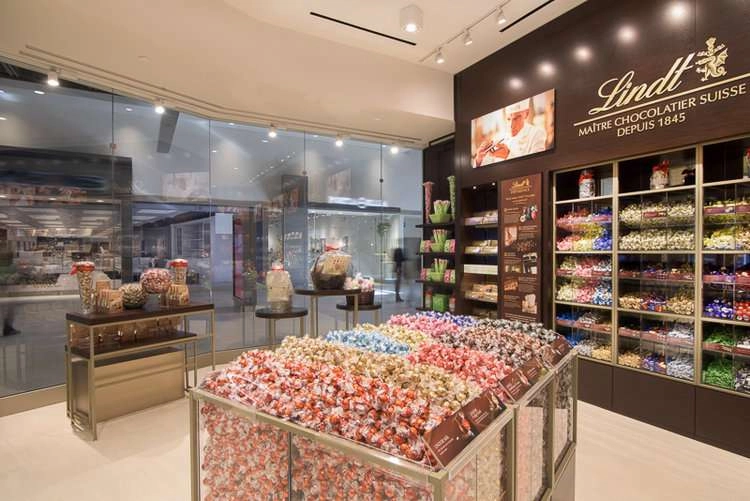

Sure this store interior looks delicious, but is a photograph that is extremely difficult to take. Large reflective surfaces (like windows) and lighting just don’t mix. This photo is the reason I now have grey hair.
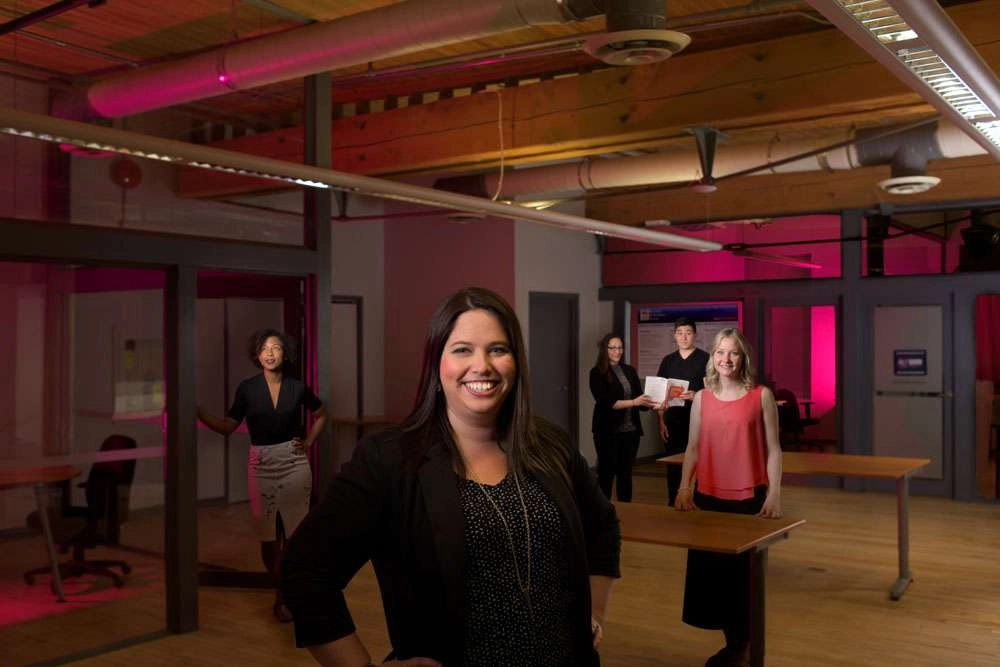

Here is the same technique now with people added. Why, you say? Because it is an incredibly difficult shot to pull off. I added some colored gels as is the rule of photography with anything technology related.
Thanks for stopping by! If you like what you see, give me follow or share it with you friends!
For examples of store exteriors, which is a whole different thing. You can check out examples of outdoor architecture photography and building exterior photography at their respective links. If you are interested in cityscape of Toronto (multiple buildings), there are some examples urban skylines underlined, respectively. And of course you can see our best store interiors here.
And, if you have any questions, leave them at the bottom.

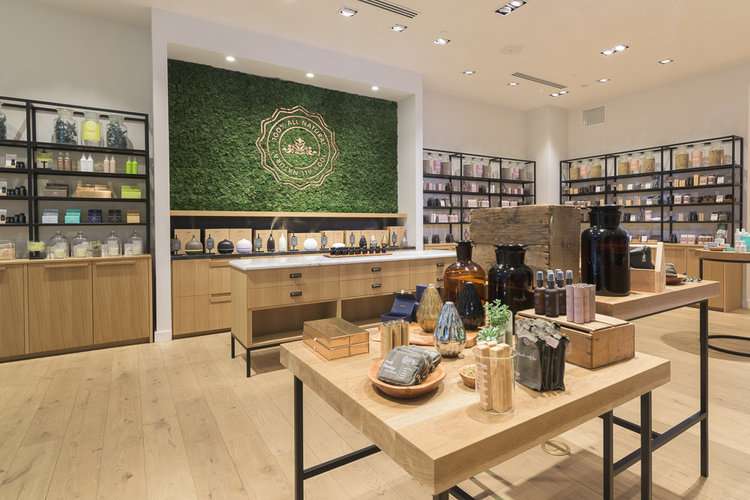
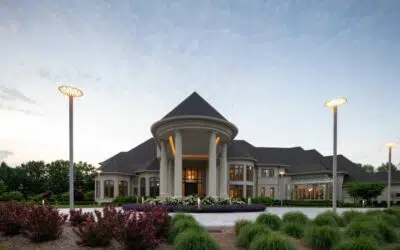
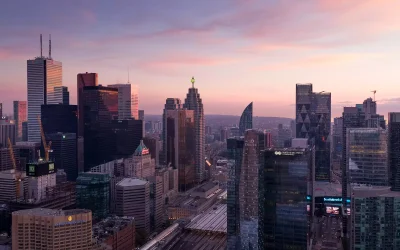
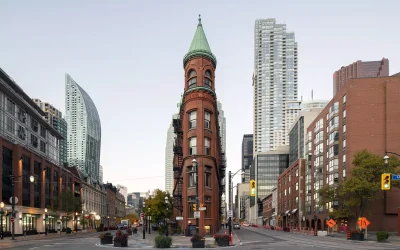
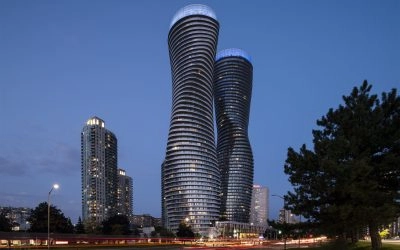
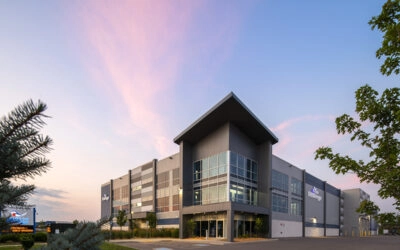
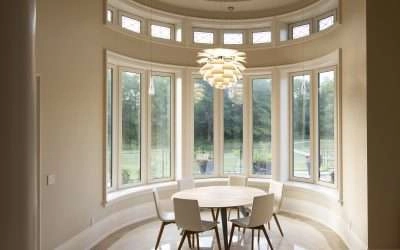
0 Comments